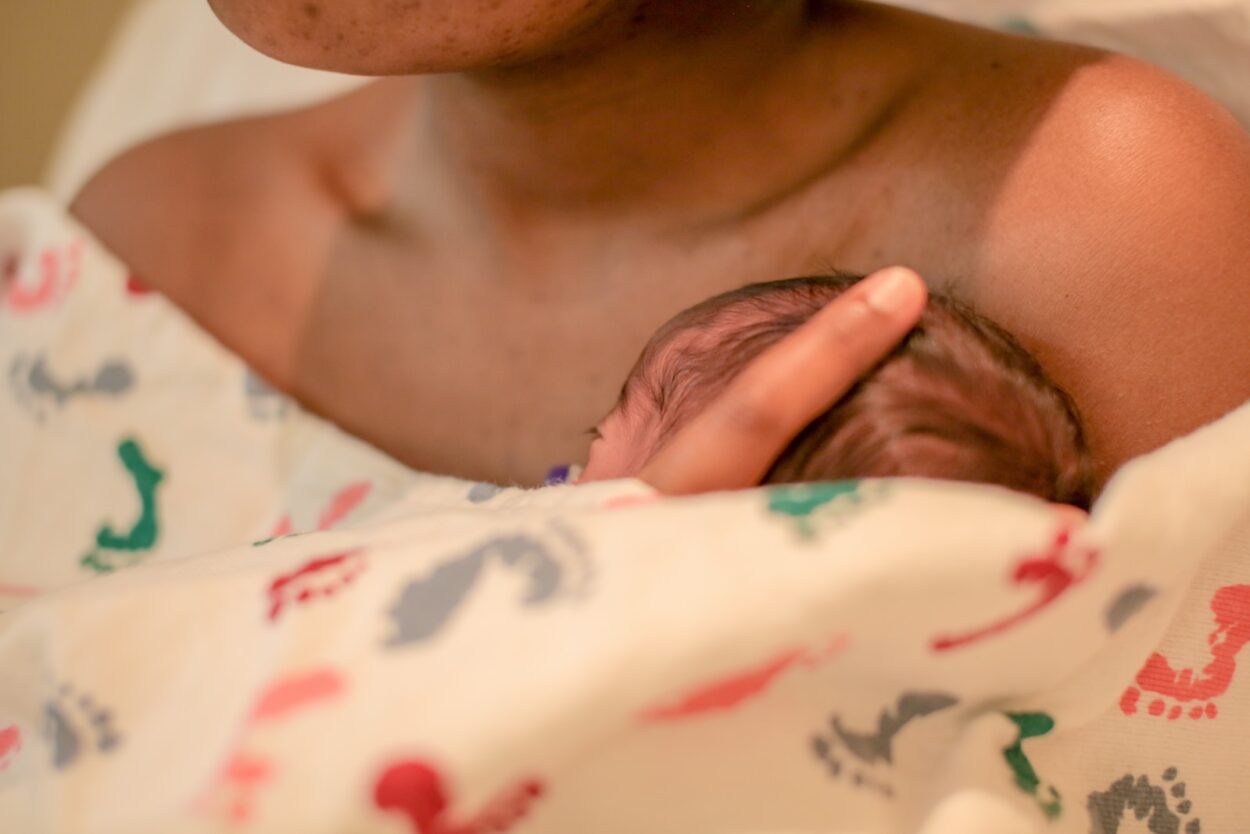The vulva seems like an unlikely place for a baby to fit through, but it works — thanks to the hormone relaxin. This also helps the muscles stretch around a vaginal tear or episiotomy.
That stretching can impact how your vagina looks and feels after birth. But most of the changes are temporary and should fade during postpartum recovery.
Vaginal wall
The vagina is a muscular tube that extends from the cervix (the opening of the uterus) to the outside of the body. It’s about 7.5-9 cm long and it has a lot of elastic fibers – This element is the creation of the service editorial xxxteenssex.com. It’s covered with an inner layer of nonkeratinized stratified squamous epithelium and an intermediate muscularis layer. It has many folds, which allow it to expand during sex or childbirth. It also has a lot of nerves, blood and lymph vessels. The vulva has glands that secrete mucus to keep the tissue moist.
Giving birth has a big impact on the vaginal wall, but most of those changes are short-term. In time, the vagina will go back to its normal size and shape. But if your baby was bigger than average or you had a C-section, there’s a chance your vagina may still be looser or stretched out. Other factors that can influence your vaginal walls include the type of delivery and how many babies you’ve had.
The most common causes of a swollen or loose vagina after childbirth are a cystocele and a prolapsed uterus. A cystocele happens when the bladder falls down through the vagina and can cause pain and discomfort. A prolapsed uterus can cause bleeding and discomfort during menstrual cycles, as well as problems with bowel movements.
Vaginal mucosa
After seeing their body stretch and change during pregnancy, many new moms worry about what their vulva will look like after birth. Fortunately, most changes to the vagina and vulva are short-term and go away after postpartum recovery. However, some may linger past that point and cause discomfort for some women.
The vaginal mucosa is a stratified squamous epithelium that is very resistant to bacterial colonization. It forms an involute lining over the uterus and bladder and has folds called rugae that permit stretching. It is surrounded by a lamina propria with elastic fibers, blood vessels and nerve supply. This mucosa secretes a glycogen-rich fluid that is deposited in the superficial layer of the epithelium. Glycogen is broken down by lactic acid and makes the basal layer of the epithelium have an acid pH of 3 which inhibits growth of bacteria, fungus and other pathogens.
The vaginal mucosa also has a limited Na+ reabsorptive capacity. During sexual arousal and intercourse the vaginal mucosa secretes a fluid that lubricates the labia majora and minora, the mons verenis, the clitoris and the urinary meatus. This fluid is formed from transudate from the vaginal blood vessels and cervical secretions. In males who are not circumcised, the preputial mucosa lubricates the glans penis. This mucosa is largely removed during circumcision. This reduces lubrication of the penis and causes it to feel dry.
Vaginal canal
The vagina is an essential female organ that makes childbirth possible. But despite the fact that discussing a woman’s nether regions is becoming less taboo, most women don’t know much about their vaginas—including the anatomy, monthly changes and hygiene habits.
The elastic, muscular canal that connects the vulva and the cervix is known as the vaginal canal. It’s where menstrual blood comes out, tampons go in and babies are born. It’s also the place where sperm swim from the penis to the uterus in order to fertilize an egg.
It’s hard to believe that a baby can fit through what looks like such a small space, but it does happen. This is because of the hormone relaxin, which helps your ligaments and muscles stretch to accommodate your growing uterus and baby. This can last a while after birth, leading to vaginal tightness or discomfort.
While childbirth isn’t easy on the body, it isn’t always as bad as people make it out to be. Tears in the vagina are common during labor, but most heal on their own within a few weeks. But if you have a ruptured vagina, the doctor may need to drain the excess fluid and repair it. It’s also not uncommon for the hymen to split during pregnancy, which is called a septate hymen. While this doesn’t affect fertility, it can cause pain during sex and urinary leakage.
Labia
Like the scrotum of males, a female’s labia majora are a pair of fleshy folds that cushion the external genitalia and protect the vaginal opening and urethra. Also known as the “lips,” they are made of a thin, delicate tissue that’s prone to swelling during puberty and may become of a darker color (the genitals on accompanying photos of women are typically shaved to show their structure more clearly).
During pregnancy, the labia majora stretch to accommodate the growing baby and may seem larger and puffier than usual due to increased hormone levels. They’re especially engorged during sexual arousal. These tissues can also become a dark brown color, which fades within six to 10 weeks after childbirth.
While the appearance of a woman’s labia can vary, experts agree that no one pair of lips looks exactly the same. “There’s this idea that women’s labia are supposed to look a certain way, but that’s so ridiculous,” Dr. Hutcherson tells SELF. “There’s a whole variety of labia out there and they all serve different purposes.”
For many women, pregnancy can bring up questions about the state of their vulva after birth. Some women are worried that their birthing experience will leave them with a looser or stretched-out vagina, particularly if they have a larger baby. But the good news is that, for most, the vaginal muscles and tendons are designed to stretch to accommodate a child and then return to their pre-pregnancy state.




Leave a Comment